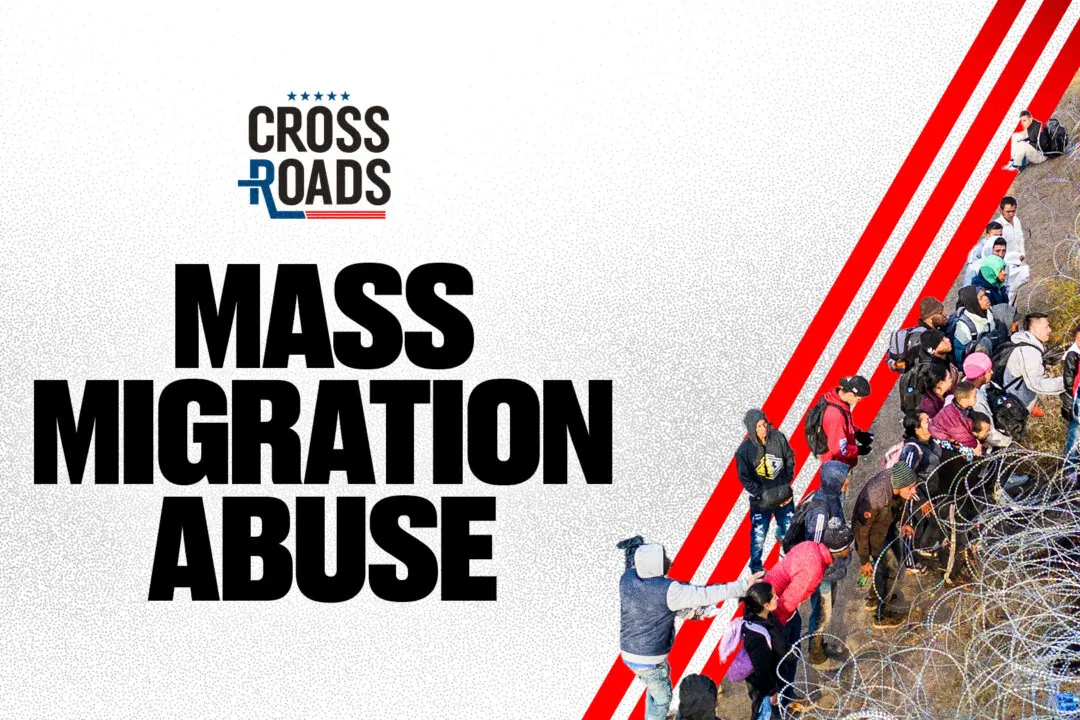Chinese gangs are supplying Mexican drug cartels with chemicals to create meth, fueling an epidemic of drug use in the United States and drug wars in Mexico.
Methamphetamine, which goes by several other names including meth, crystal, and ice, gives its users a several-minute rush if injected, and a feeling of euphoria if snorted or swallowed. It is also extremely addictive, and causes severe paranoia and violent behavior.
Meth used to be easy to make. The chemicals required to create the drug were available at most local drug stores, and people running meth labs used those shops as their local suppliers.
Alarmed at the growing popularity of the drug, in 2004 the United States began regulating pseudoephedrine, a key ingredient in meth often found in cough medicine.
A January report from the Congressional Research Service showed that the number of meth labs in the United States dropped nearly fourfold until 2007. Then the number of labs began rapidly increasing.
While some labs were able to evade the ban by getting people to purchase regulated cough medicine used to create weaker versions of meth, shipments of pure pseudoephedrine were coming in quantity into Mexico from China.
“The Mexican cartels have been dominating this illicit market into the United States for years now. The type of precursor chemicals, their bulk amounts, and their origins make this a true smoking gun,” said Robert Bunker, a distinguished visiting professor and Minerva chair at the Strategic Studies Institute, U.S. Army War College.
Bunker noted that in 2011, the Mexican navy intercepted shipments from Shanghai bound for Mexico that contained 30 and 70 tons of methylamine, pseudoephedrine, and other chemicals that are precursors for meth.
Several other shipments have been seized, including in April 2012, when enough precursors to make $10 billion in meth were intercepted in Belize, heading to representatives of the Mexican drug cartel known as Los Zetas, from China according to China Brief, a publication of the Jamestown Foundation.
“In fact, an illicit triangle trade has existed for some time now with Chinese industry supplying precursor chemicals, cartel labs in Mexico creating the product, and narcotics users in the United States paying hard cash for it,” Bunker said.
According to several sources, including China Brief, the shipments are tied to the Chinese Triads that have been increasingly exerting influence over Chinese communities in the region as China’s influence expands in Latin America.
Meth precursors are only part of the business for the Chinese Triads in Latin America, according to the China Brief report. They also traffic humans, narcotics, and contraband, and engage in extortion and money laundering.
The nature of the Triads also ties them to the Chinese Communist Party back in their homeland, according to Kerry Patton, an expert on terrorism and intelligence, and author of “Contracted: America’s Secret Warriors.”
The Triads work through Chinese hometown or business associations called “Tongs.” Some are good, some are bad, but the Chinese Communist Party actively tries to bring them into its fold, and maintains control or influence over many, according to Patton.
“That’s just the way that the Triads, the Tongs, work,” Patton said. “They get their blessings from certain elements in the Chinese government.”
In Mexico, meth has fed violent drug wars, which, according to Human Rights Watch, have killed more than 60,000 people between 2006 and 2012.
In the United States, the effects of the meth trade are also being felt.
“That’s the worst drug you can use,” said Ernie Encinas, founder of Coastline Protection and Investigations, and a former vice and homicide detective in the San Diego Police Department.
He said aside from the violence meth use encourages, the effect on people’s bodies is shocking. “They pick at their skin, their scabs. And they age really quick—really quick. The hair falls out. It’s all hard chemicals they’re using. Their sinuses get all destroyed.”
Encinas said meth started becoming a problem in the 1990s. In San Diego, the first groups to get into it were the biker gangs, yet when the Mexican gangs got a hold of it, the drug that used to run close to $9,000 a pound suddenly became affordable. “They brought the prices way down to less than half the price of a pound.”
When the prices dropped, local law enforcement knew they had a problem on their hands, and not long after, “we cut off the pseudoephedrine,” he said. Yet rather than going away, the market shifted, and “you had to get it from Mexico.”
Encinas said, from what he has seen, the raw chemicals, rather than the finished product, come across the border into the United States, where people running makeshift labs then convert them into meth.





